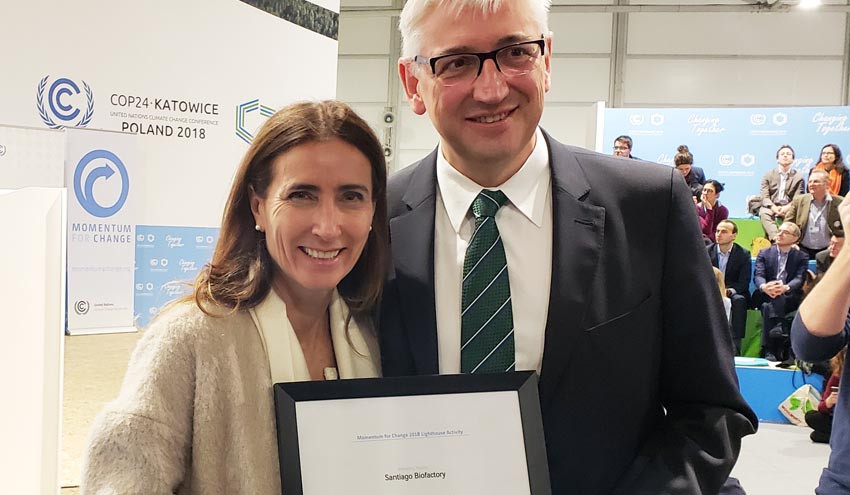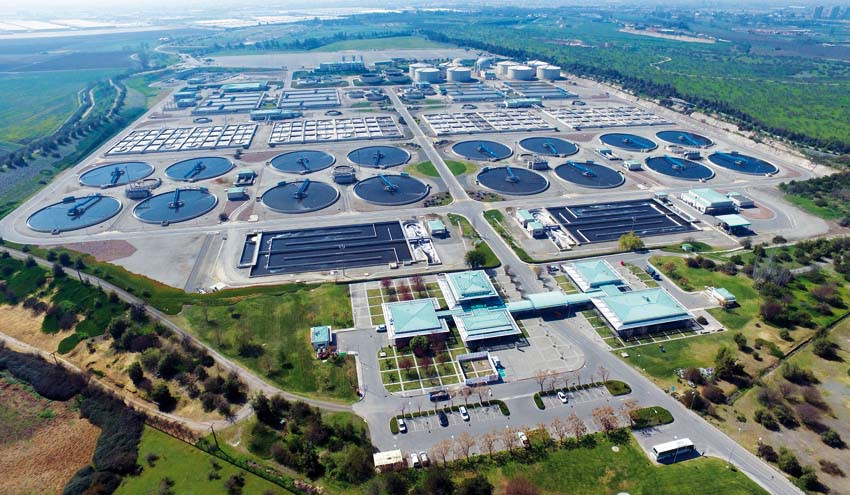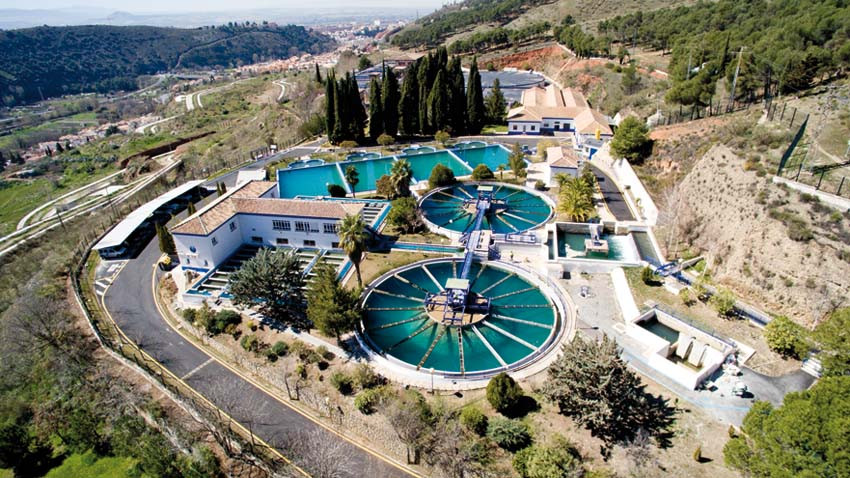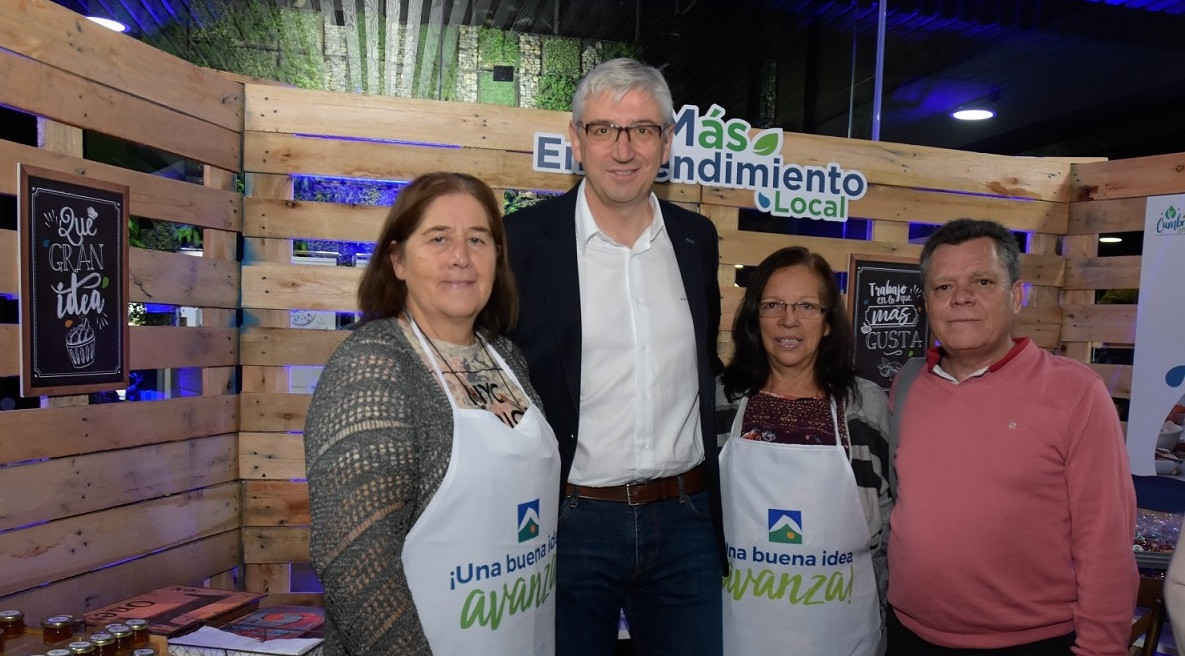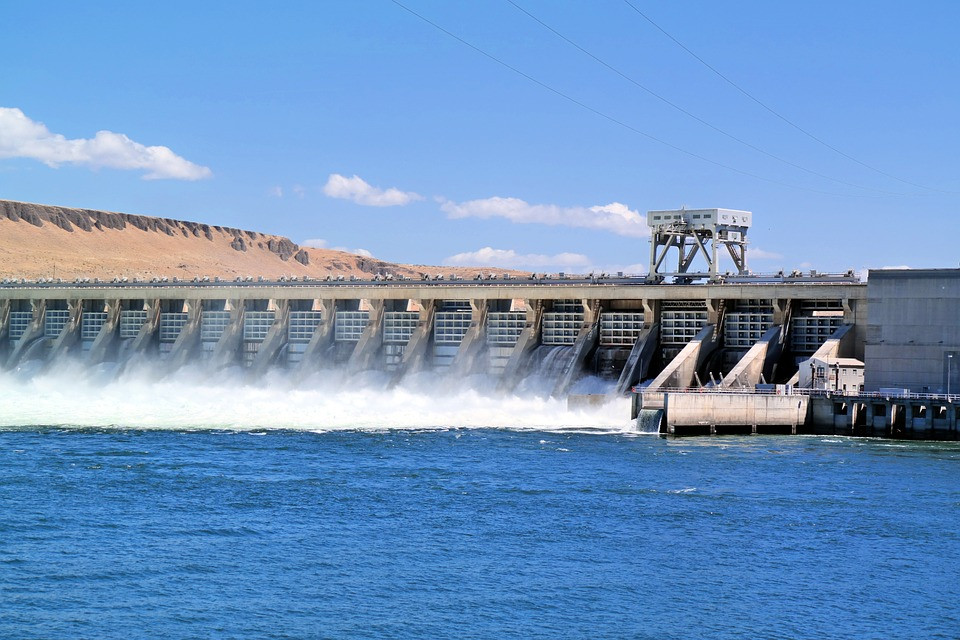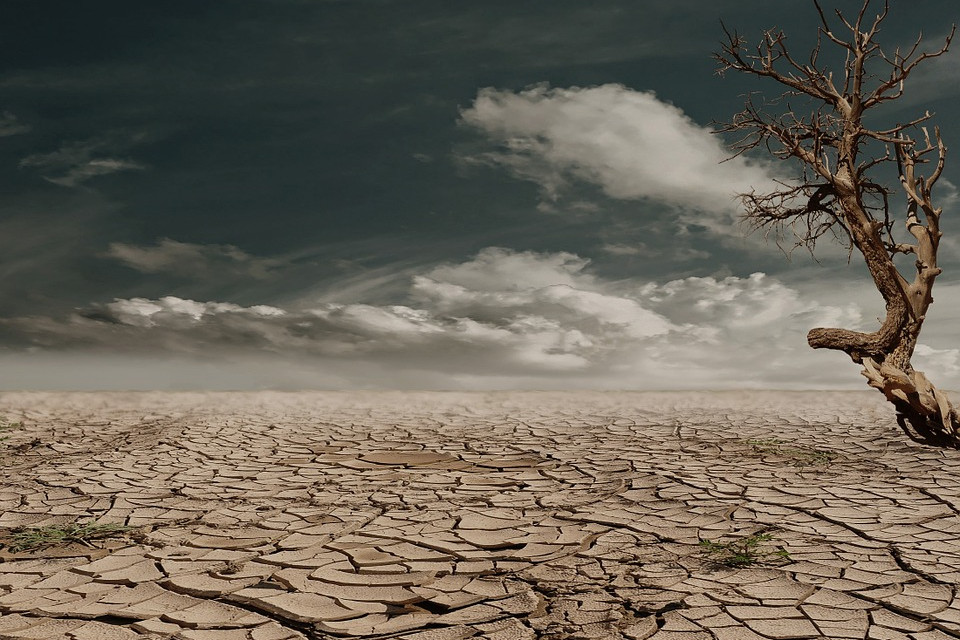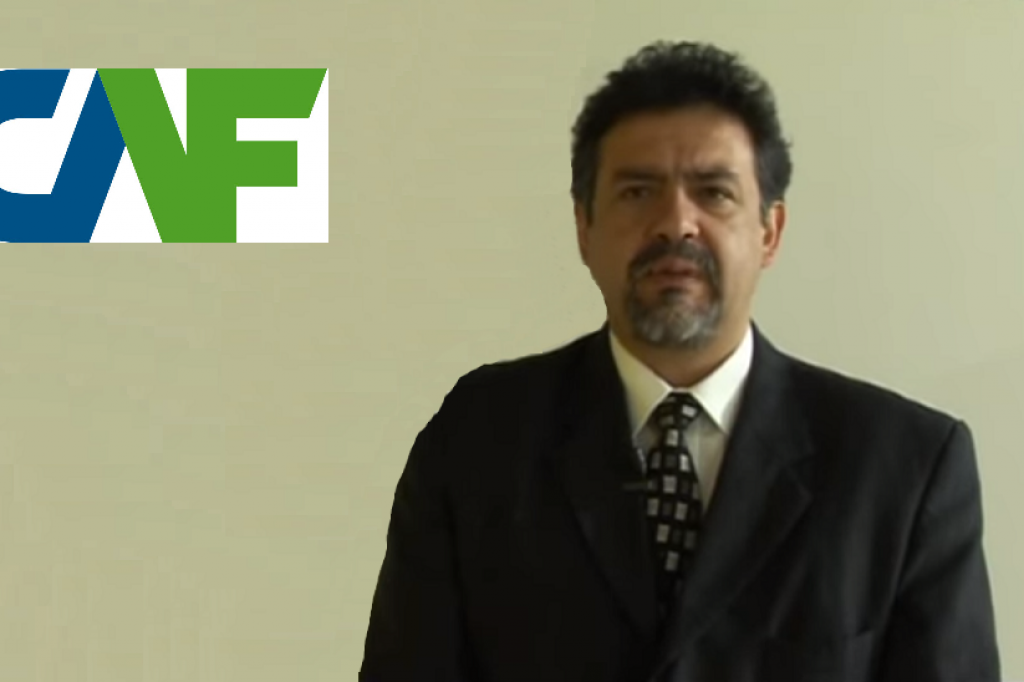
Aguas Andinas' biofactories in Chile wins a UN award for promoting global health
Purificacion González
Aguas Andinas in Chile has caused a paradigm shift by transforming three water treatment plants in Santiago into “biofactories”. This is a new approach for wastewater treatment plants based on the circular economy that converts wastewater into new natural resources, and into clean energy. For this reason, it was selected by the UN from among 600 global projects for this award in the category of planetary health.
Carolina Schmidt, the Minister of Environment of Chile, together with the General Director of Aguas Andinas, Narciso Berberana, receiving the UN award
In the words of Narciso Berberana, director of Aguas Andinas: “this distinction for our biofactory is particularly relevant because it was awarded in the category of planetary health, This is to say, in the category of health rather than anything to do with water. Moreover, it was awarded in recognition of improvements in health conditions and the environment itself. The Aguas Andinas bio-factory won this award in planetary health, chosen among more than 600 applicants from around the world. Of these, 15 were chosen and one of them was “Aguas Andinas and their Biofactories”, for their contribution to planetary health and for their fight against change climate". Each advance of humanity in scientific matters first requires a break with tradition, a break with old ways of thinking and with previous knowledge models. The power of the paradigm shift is exponential because it involves broadening our vision and understanding of the functioning of the world.
Biofactories in the water sector constitute a new energy-self-sufficient concept and manage to reuse recycled water for agricultural, urban, industrial and environmental uses.
CHILEAN BIOFACTORIES - UNIQUE IN THE WORLD
Berberana reminds us that: “Aguas Andinas mainly manages water in the metropolitan region of Santiago de Chile. We are a company that manages the integral water cycle from reservoirs to water reuse for about 9,000,000 inhabitants in Chile. Moreover, there was the opportunity to decide either for a situation of continuity regarding the management of wastewater treatment plants or create a new integrated concept based on circular economy and sustainable development. The Board of Directors opted for an innovative biofactories project. We are the creators of biofactories in the world”.
According to this director, the main difference between a treatment plant and a biofactory is the concept. This is to say, “a traditional sewage treatment plant treats wastewater so that is within certain parameters, so that it is no longer harmful to the environment or to health. The concept of biofactories is the opposite: it means thinking about how to recover resources as the waste that comes from the city gets transformed into resources: into clean energy, into clean air, into regenerated water and into fertilizer. This is the differentiating concept - treatment plants are for treatment, and biofactories are for advanced and sustainable waste management”.
THE CIRCULAR ECONOMY REDUCES INVESTMENT REQUIREMENTS AND MAINTENANCE COSTS
In this respect, Narciso Berberana talks about the need to have hybrid awareness, to work towards the circular economy, implementing innovations such as biofactories that, concerning accepted practice imply “a total paradigm shift, ever since the engineering was developed based on the philosophy of wastewater treatment to prevent disease and promote public health in general. In contrast, the concept of biofactories radically changes that idea of traditional wastewater engineering because what it does is not simply to treat wastewater, but rather its objective is to transform itself into a factory that generates resources. So therefore there are no residuals after treatment: rather there is a generating plant for energy, fertilizer, clean water. There is no longer simply water treatment - this disappears".
This model generates clean water for irrigation. Sludges used as fertilizers in agriculture are produced. Energy is generated in the form of both biogas and electricity. This is to say, this model also generates income. "This is the paradigm shift that we have in so many environments," says Berberana. "First we have to assimilate the costs well. If we consider that pollution is free, and that to pollute an land or aquatic environment is free, then there is nothing to be done. Nevertheless, let's start from the premise that contaminating is not free. Wastewater treatment has a cost and waste in general as well. Moreover, this cost is on one hand composed of investments and on the other, operation and maintenance. With the change in our vision of the biofactory, we obtain a saving in the operation and maintenance part, and moreover, the generation of new resources more than compensates for the increase in the need for initial investment. Building an installation to generate electricity has an initial cost but then biofactory maintenance costs are much lower compared to a traditional treatment plant, and it also generate income with the resources that have been created. In the current 2019, 94% of the days of the year the plant was self-sufficient, That is, it did not need any energy input. It was self-sufficient with the resources it generated. Then the saving with respect to consumption is evident. A saving of 94%".
A MODEL REPEATABLE WORLDWIDE THROUGH PUBLIC-PRIVATE COLLABORATION
The model of biofactories of Aguas Andinas in Chile is 100% replicable anywhere in the world. Moreover, the United Nations gave recognition to this water management company in its award. Because, as the director of Aguas Andinas explains, “we were rewarded precisely because it was an eminently replicable model. They called it a lighthouse. We are the beacon in which you can project other models that can be replicated exactly. This is the potential of the model, that it can be replicated anywhere in the world. Moreover, to do this, we need to be able to fulfil the Sustainable Development Goal (SDG) number 17, which is to establish public-private and civil society alliances. This is what is included in SDG number 17. For it to be done anywhere in the world, it is essential that there be this public-private-civil alliance”.
BIOFACTORIES SAFEGUARD BIODIVERSITY AND IMPROVE THE QUALITY OF LIFE OF THE COMMUNITIES THEY COHABIT WITH
With respect to biofactories, there are also two elements that are equally important. The first has to do with the impact on biodiversity, This means to say that natural spaces that were being lost due to poor waste management are now being recovered. And the second is the tremendous social impact it has.
For the director of Aguas Andinas, social impact is of paramount importance in this model. In fact, according to Narciso Berberana, “one of the conditions to create biofactories is to establish agreements with the communities that cohabit with these infrastructures. Moreover, this constitutes a huge change of paradigm because they go from being factory neighbours to generating an industrial infrastructure in the area. Many of the suppliers are zero-kilometre and service the industry we have created. It is not the old concept of social responsibility, rather we are talking about creating opportunities, of improving the quality of life of neighbouring communities. Moreover, this is particularly relevant, and the United Nations took this parameter into account when giving the award".
According to Berberana, the most important thing in Chile, “is to see how rather unprotected communities, in difficulties, have become entrepreneurs. For example, Ms. Rosa is a lady from the community closest to the biofactories and is now a businesswoman who has hired other workers because she has installed an industrial laundry. Moreover, the best news is that we have become just one more of her customers, rather than being her only customer. This is to say, the Aguas Andinas biofactory has generated an industry that provides services for other industries in the area. A collaborative, social and industrial fabric has been generated. We have generated a shared value, shared with the companies around us. This for me is extremely important".


